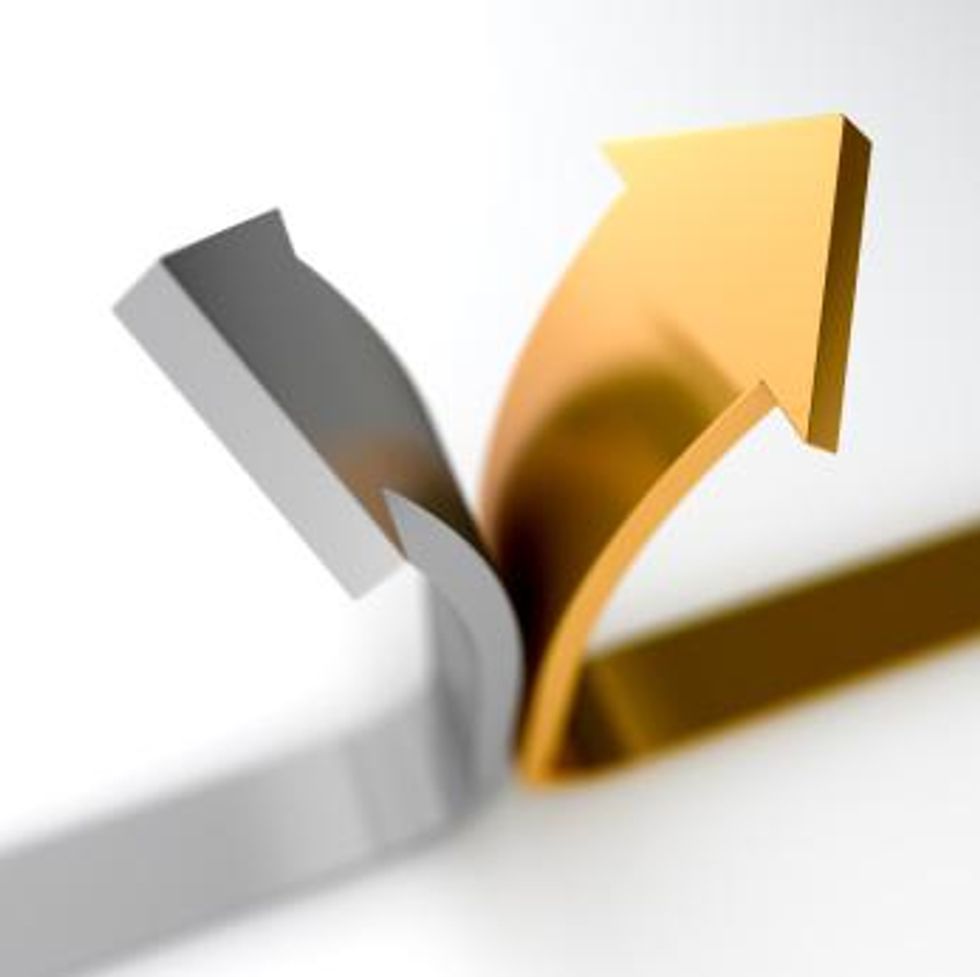- AustraliaNorth AmericaWorld
Investing News NetworkYour trusted source for investing success
- Lithium Outlook
- Oil and Gas Outlook
- Gold Outlook Report
- Uranium Outlook
- Rare Earths Outlook
- All Outlook Reports
- Top Generative AI Stocks
- Top EV Stocks
- Biggest AI Companies
- Biggest Blockchain Stocks
- Biggest Cryptocurrency-mining Stocks
- Biggest Cybersecurity Companies
- Biggest Robotics Companies
- Biggest Social Media Companies
- Biggest Technology ETFs
- Artificial Intellgience ETFs
- Robotics ETFs
- Canadian Cryptocurrency ETFs
- Artificial Intelligence Outlook
- EV Outlook
- Cleantech Outlook
- Crypto Outlook
- Tech Outlook
- All Market Outlook Reports
- Cannabis Weekly Round-Up
- Top Alzheimer's Treatment Stocks
- Top Biotech Stocks
- Top Plant-based Food Stocks
- Biggest Cannabis Stocks
- Biggest Pharma Stocks
- Longevity Stocks to Watch
- Psychedelics Stocks to Watch
- Top Cobalt Stocks
- Small Biotech ETFs to Watch
- Top Life Science ETFs
- Biggest Pharmaceutical ETFs
- Life Science Outlook
- Biotech Outlook
- Cannabis Outlook
- Pharma Outlook
- Psychedelics Outlook
- All Market Outlook Reports
As investors look for save havens in precious metals amidst fears of currency inflation across the globe, a bullish outlook is projected for silver as a more affordable alternative to gold, though some analysts warn that even if they have been following similar recent price trends, the two metals should be viewed as unique and separate assets.
As investors look for save havens in precious metals amidst fears of currency inflation across the globe, a bullish outlook is projected for silver as a more affordable alternative to gold, though some analysts warn that even if they have been following similar recent price trends, the two metals should be viewed as unique and separate assets.
“Gold is money, and silver isn’t. It kind of has a mind of its own.” said Richard Briggs, aSenior Market Strategist at Lind-Waldock Canada. “Silver should have a good future, but it certainly is more volatile. So if you’re an aggressive trader, you might prefer silver.”
Gold is used by private investors, institutions and even governments as a hedge against potential currency inflation, and the yellow metal has been garnering much attention for this quality surrounding the ongoing debt ceiling impasse in the United States, the euro zone’s ongoing financial crises and worries about the Chinese rise in inflation. The central banks of the US, Italy, and even the International Monetary Fund have huge stores of gold in their vaults for such a purpose, while none of them stock silver bullion as an investment.
Silver has long been associated with gold, and for hundreds of years more or less maintained a ratio of 15.5 to 1 as a bimetallic standard. Today, the silver to gold ratio is around 41 to 1, and this obviously fluctuates widely depending on market activity.
“Bimetallism died about a hundred years ago or more,” says Briggs. “There’s a correlation between gold and silver because people to a certain extent perceive silver as a precious metal. A lot of people believe in it and a lot of people think it’s under-priced.”
According to The Silver Institute, more than 95 percent of annual silver consumption emanates from industrial and decorative uses, photography, and jewellery & silverware, leaving around five percent of total use as store value, depending on whether jewellery is considered an investment. Compare this with gold, where about 60 percent of use comes from jewellery, 30 percent as an investment and around 10 percent for technological and industrial applications.
“Silver is theoretically an industrial metal and its claim as a precious metal is not that concrete,” says Briggs. “You’d think it would be less volatile, but as long as I can remember silver has been significantly more volatile than gold. It’s just the nature of the marketplace.”
Briggs says that he believes the largest factor for today’s differences in the gold and silver market has to do with who are the players doing the bulk of the investing in the respective metals. He says that silver’s lower value appeals more to investors looking to make money on the short term, because the fluctuations are more conducive to quick buying and selling.
“The people who trade silver tend to be more active, and more aggressive,” he says. “The people taking concrete steps for the longer term are typically in gold. I’m sure there are a lot of people who have put silver aside for the longer term, but compared with gold there’s a lot of fast money in silver.”
Disclosure: I, Damon van der Linde, hold no direct investment interest in any company mentioned in this article.
Latest News
Investing News Network websites or approved third-party tools use cookies. Please refer to the cookie policy for collected data, privacy and GDPR compliance. By continuing to browse the site, you agree to our use of cookies.
